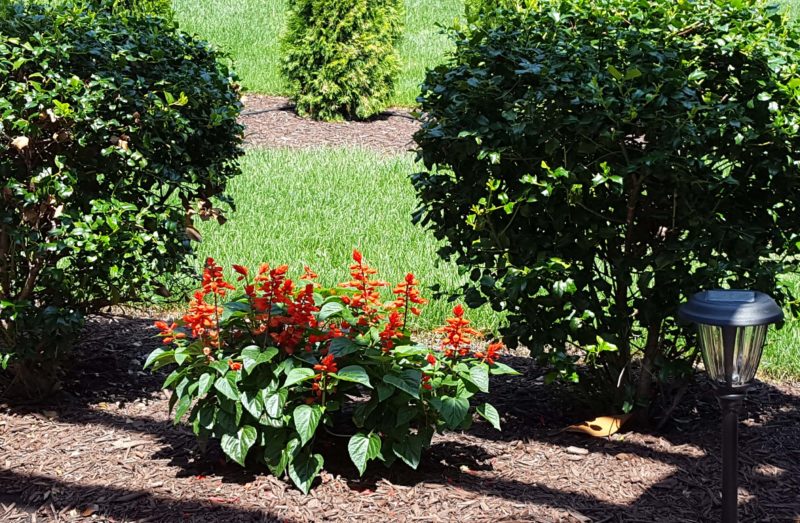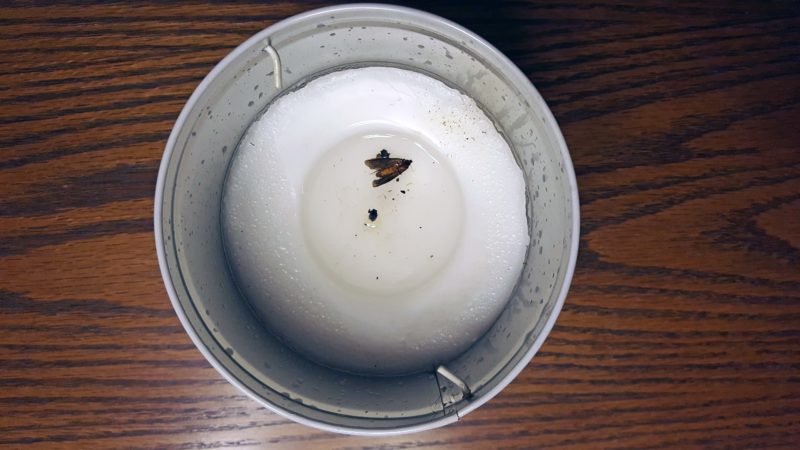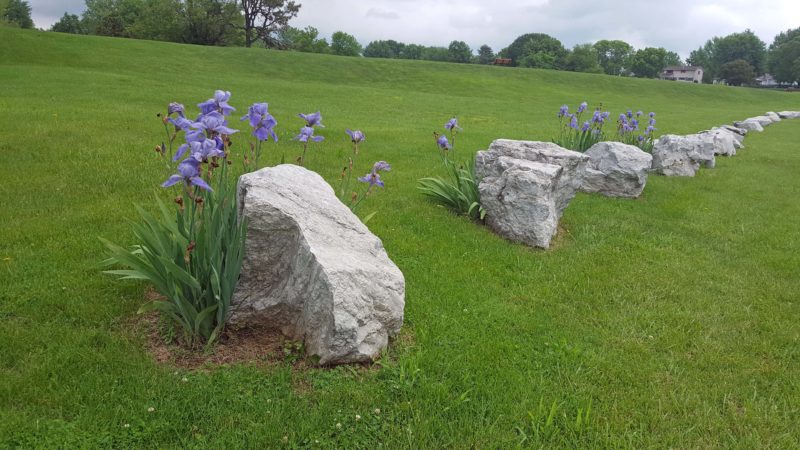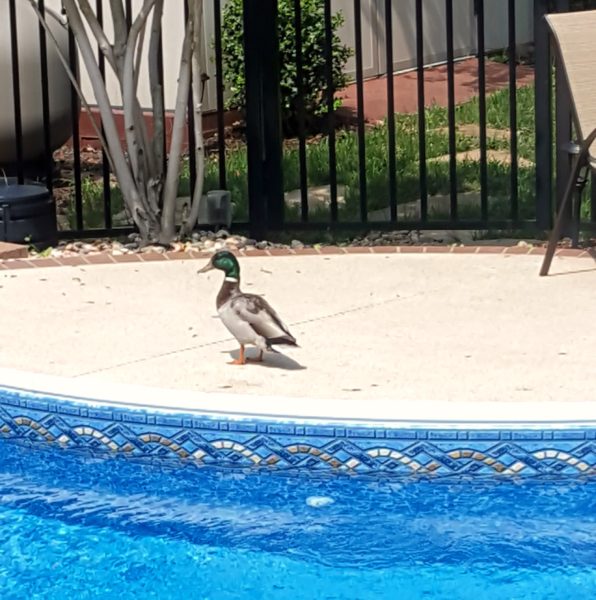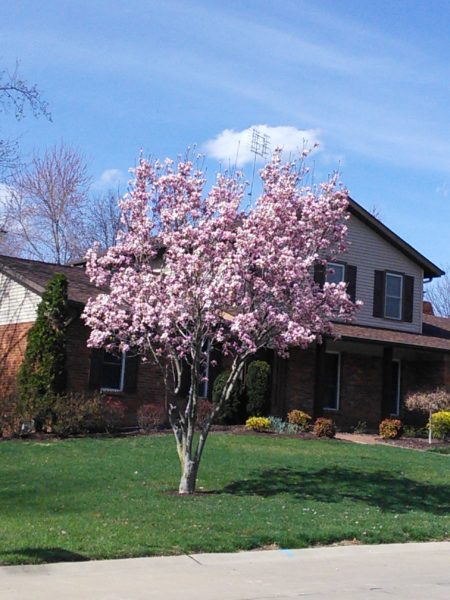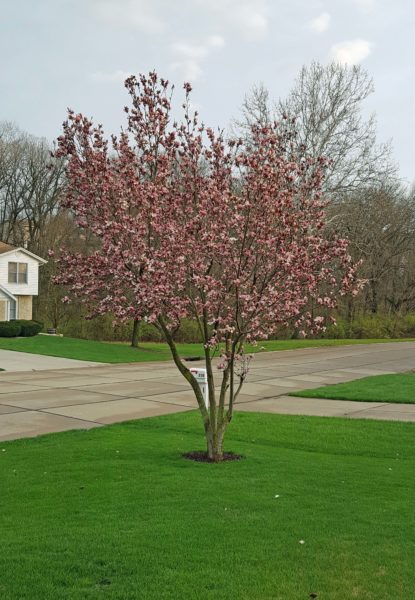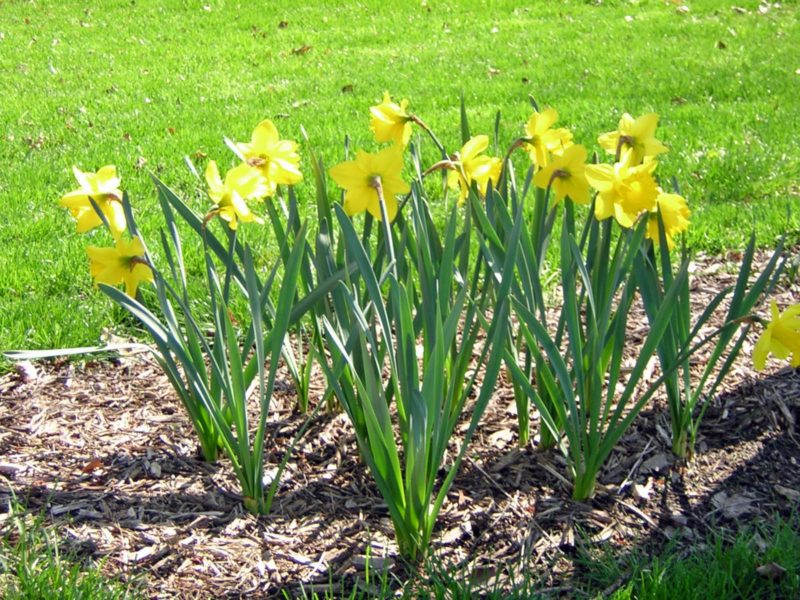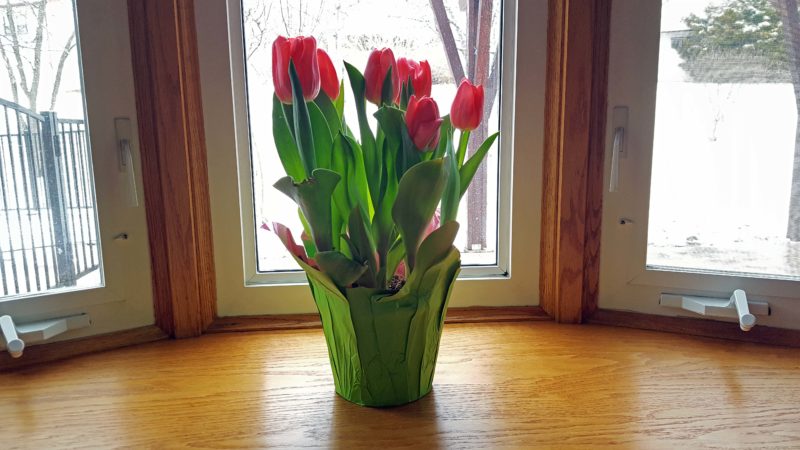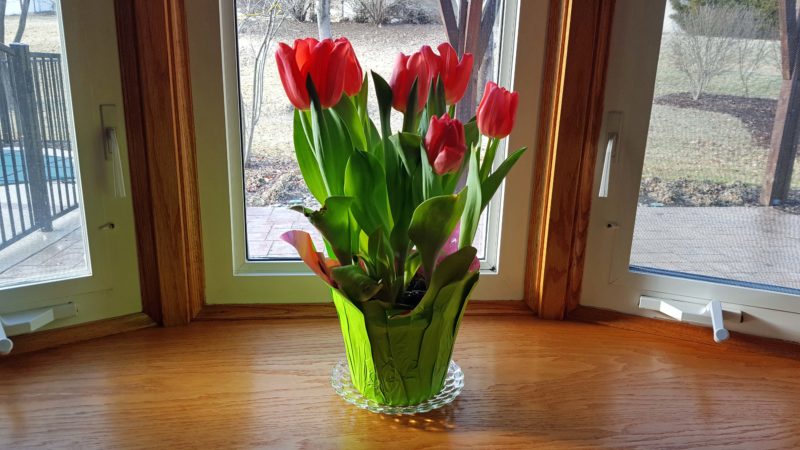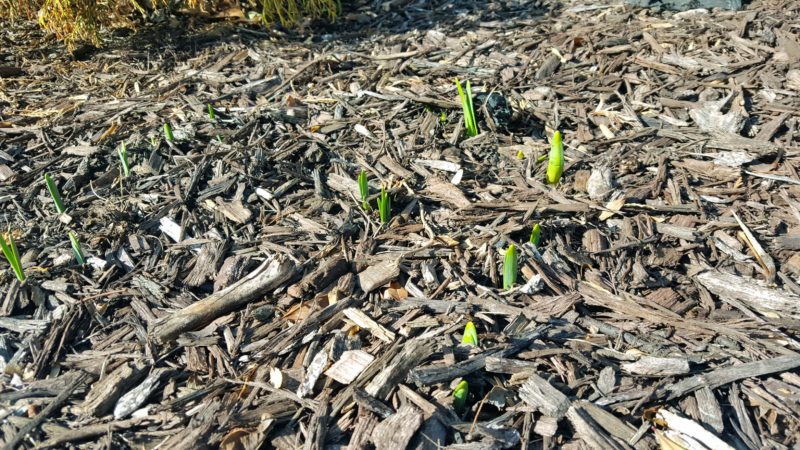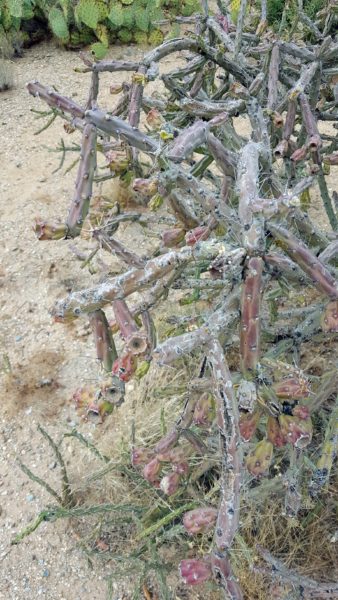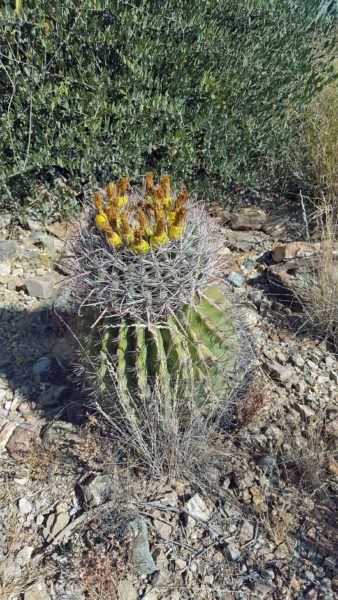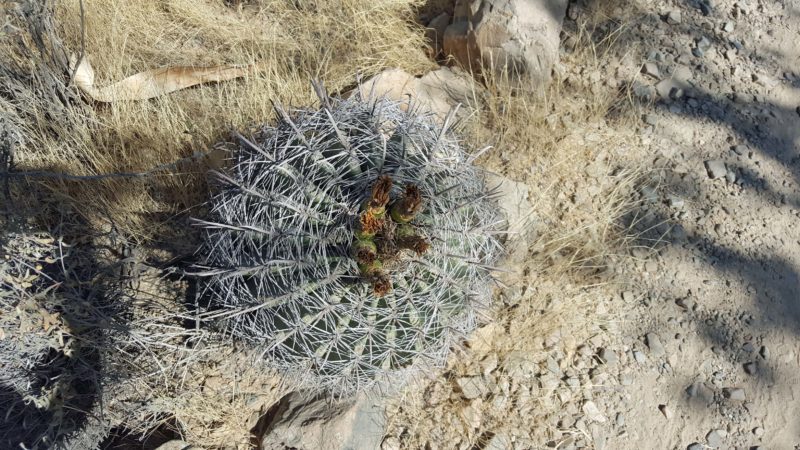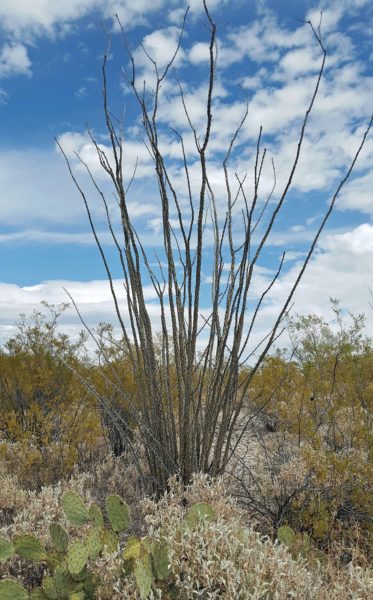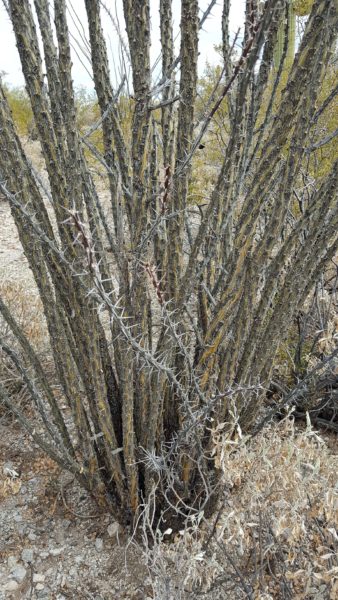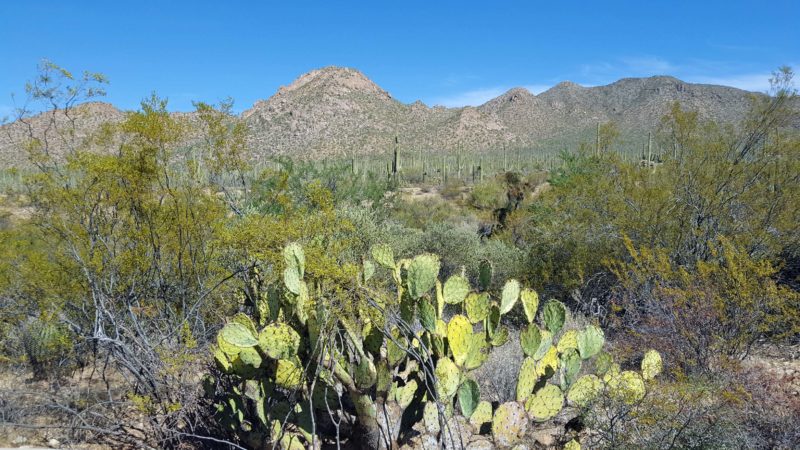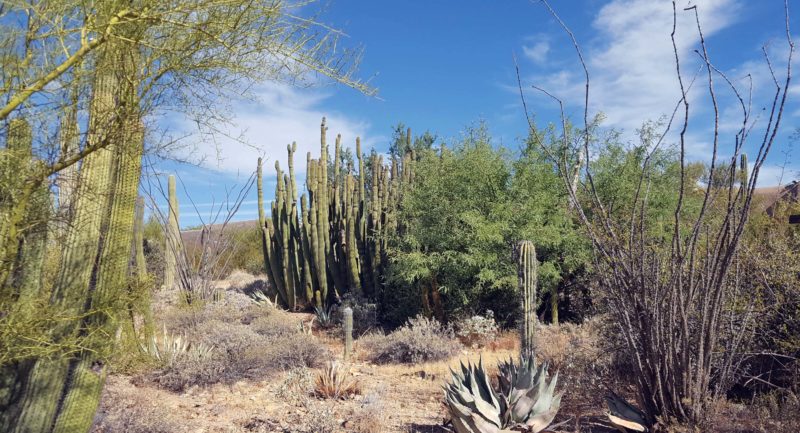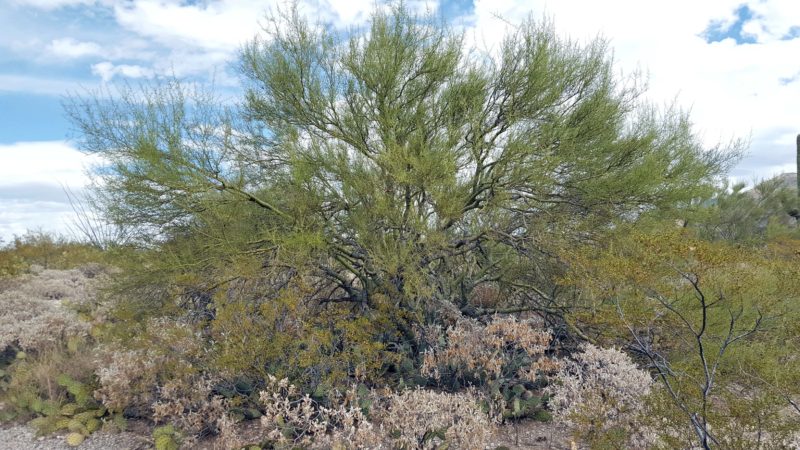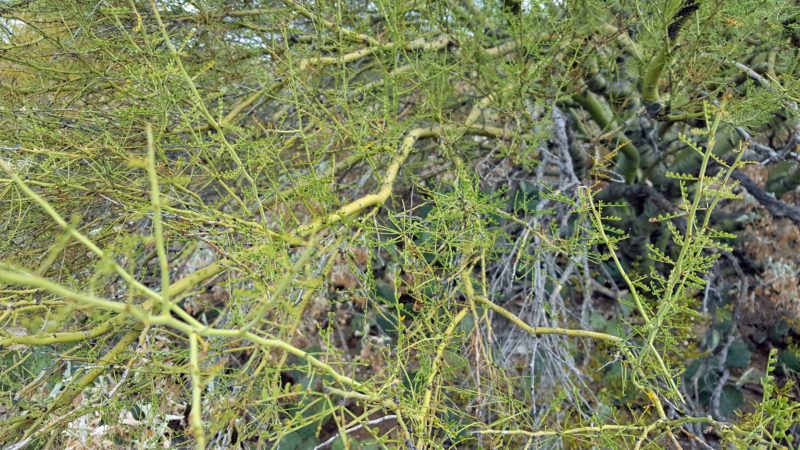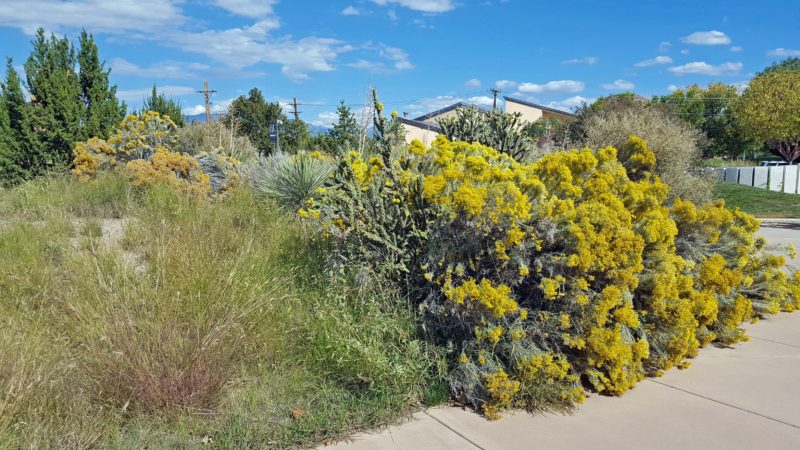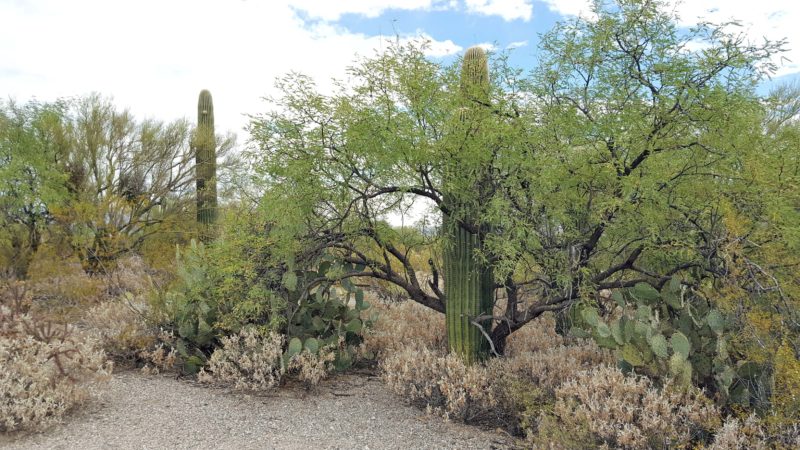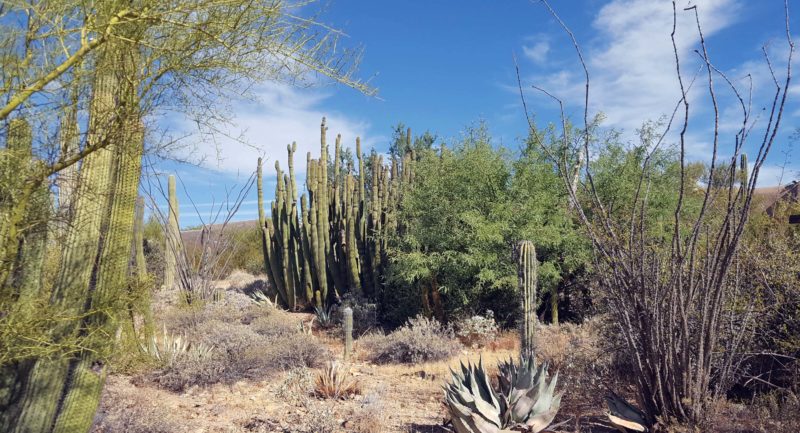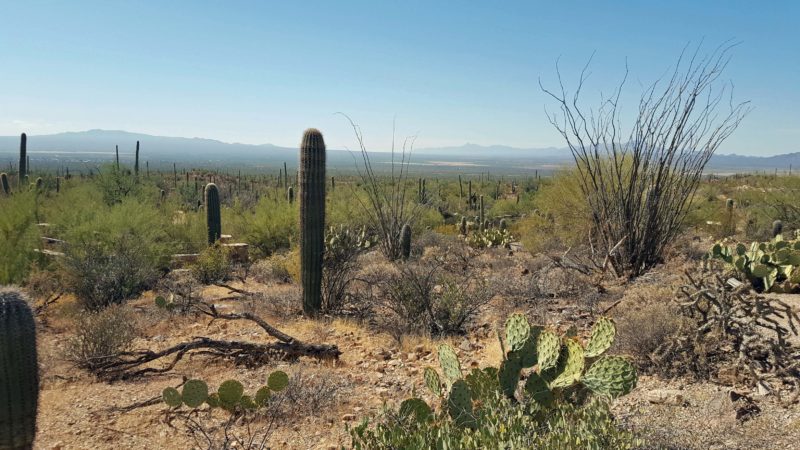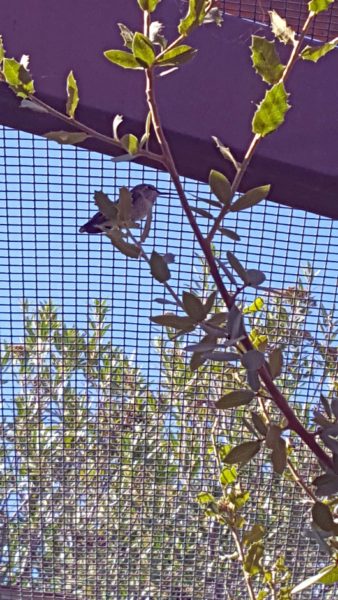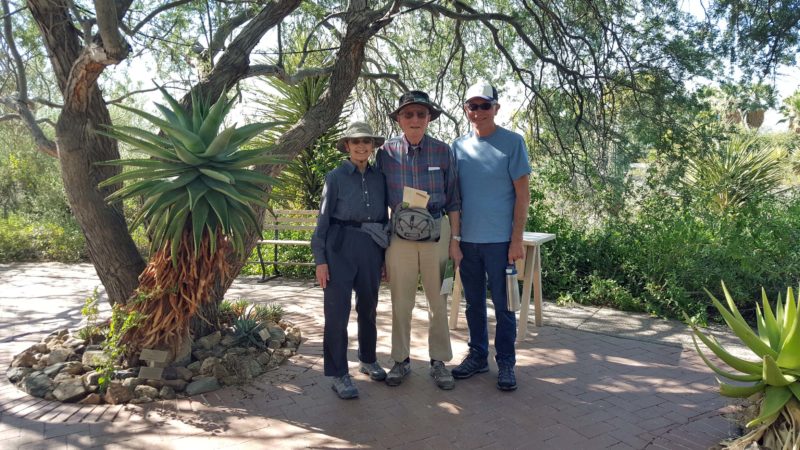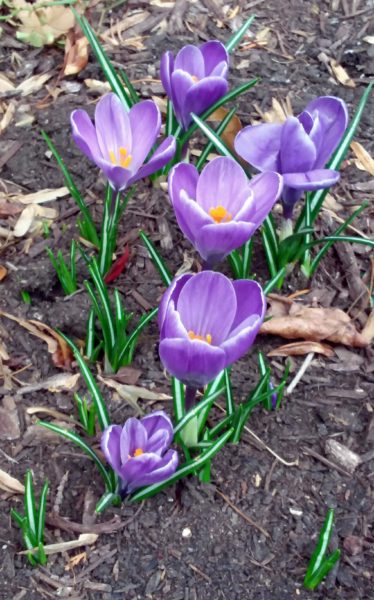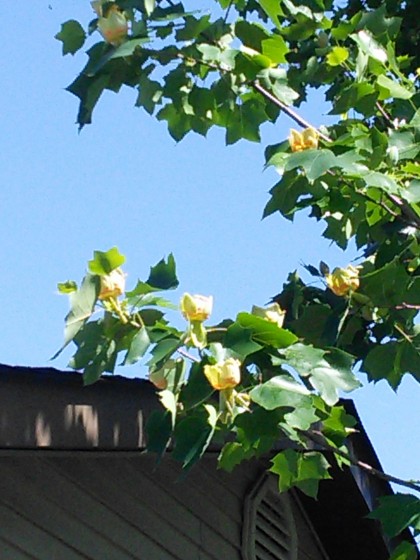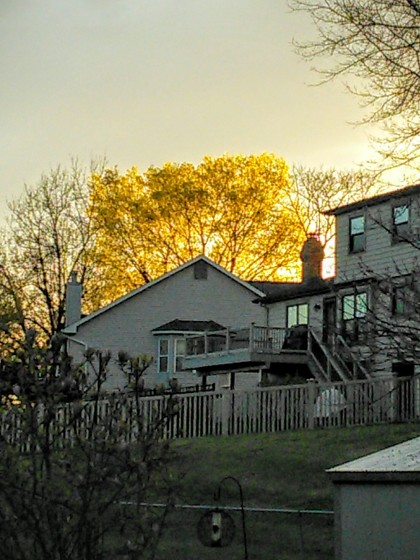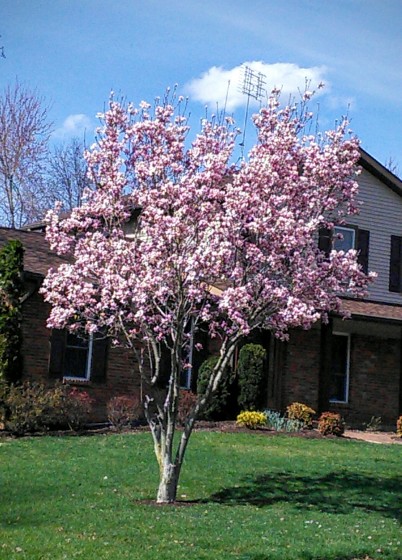Today was Ted’s and my first day of what Utah tourism calls “the best week of your life.” It’s a seven-day road trip that includes Utah’s “Mighty 5″® national parks–Zion, Bryce, Capitol Reef, Canyonlands, and Arches. Ted and I are including Grand Staircase/Escalante National Monument and Natural Bridges National Monument in our itinerary. The best week of our life includes driving the All-American Highway, Utah SH 12, which is so beautiful, it’s a destination in itself. (Really.) We’re looking forward to starting that tomorrow morning.
Today, we spent over five hours hiking in Zion National Park. We started by following the Emerald Pools Trail to see three emerald pools-so named because at certain times of the year, the algae in the pools makes them look green. As pools go, they weren’t very impressive, but in Zion NP, there is no such thing as a bad view, so we saw nothing but spectacular scenery during the entire time we hiked and rode the shuttle through the park from stop to stop (no private vehicles allowed from March 1-October 31).
The steep red cliffs in Zion are a result of the uplift associated with the creation of the Colorado plateaus that lifted the region 10,000 feet 13 million years ago. The canyon itself was created by the Virgin River. The stone cliffs are mostly sandstone, which erodes quite easily, so maybe that’s why the walls are so vertical and form a canyon far more narrow than that of the Grand Canyon. The cliff walls rise 6,000 feet above the canyon floor and are breathtaking. It’s probably impossible to take a bad picture in Zion, so scroll down and enjoy some of Ted’s and my favorite scenes from our hike today.
We gave our new hiking shoes and trekking poles a good workout. It’s great to be our age and buying items like that!

There are no words to describe the grandeur and impressive size of the rocks in Zion NP.
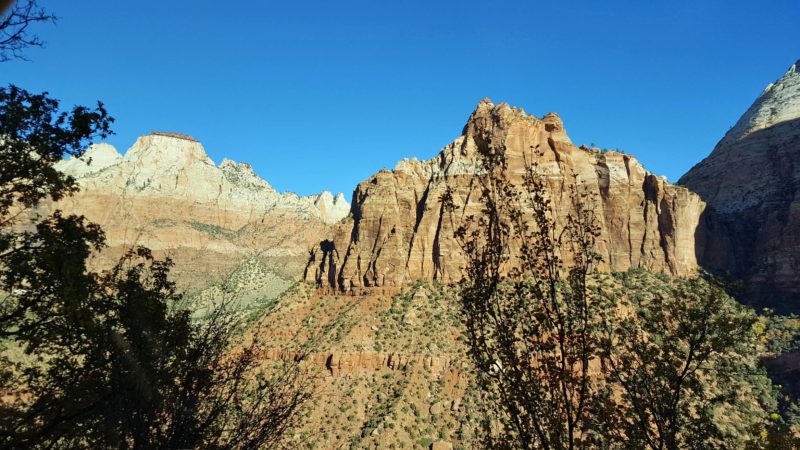
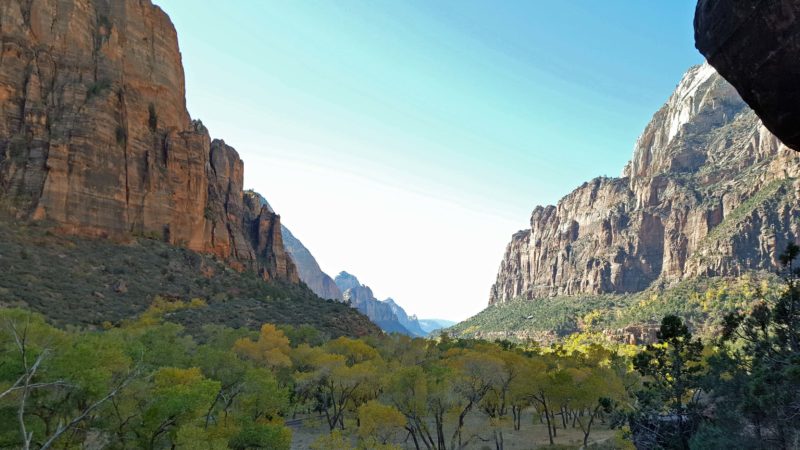

Definition of a pool: a small area of still water. Here is a view of the first Emerald Pool from a higher point on the trail to the second pool. All three pools definitely fit the “small” part, although they were larger than puddles.

The fall colors are at their peak in Zion. I think some of these pictures are pretty enough to put on a calendar.
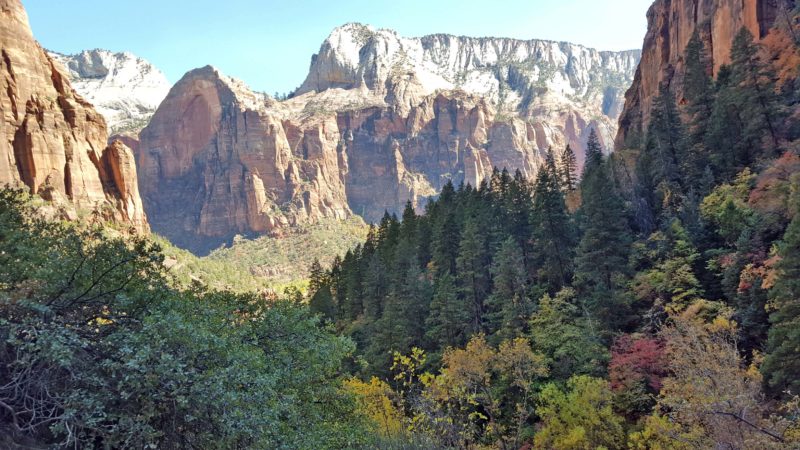
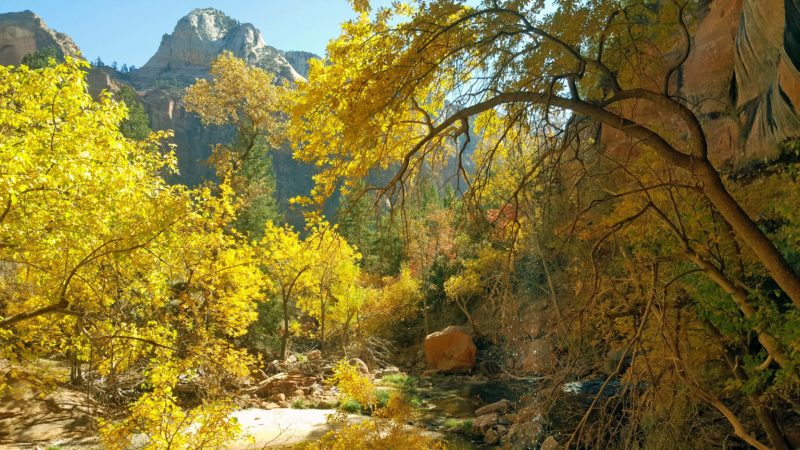

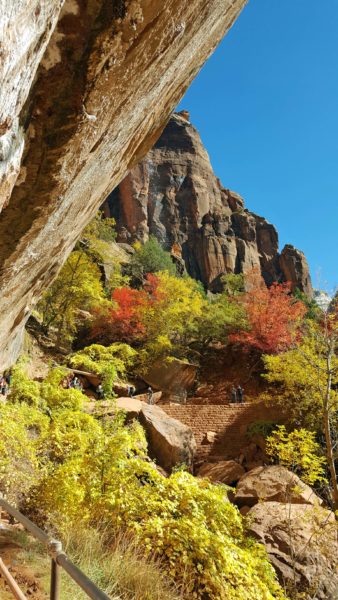
Ted and I thoroughly enjoyed the Grand Canyon, but we agree that it ranks second to Zion for grandeur, majesty, and just plain natural beauty. Imagine our pleasure hiking through all of the above scenes today. Mm-mm good!
